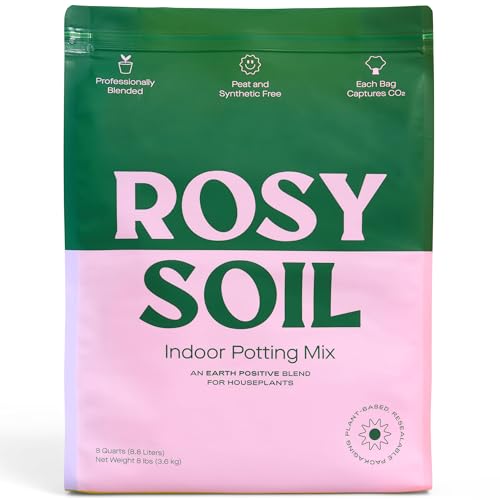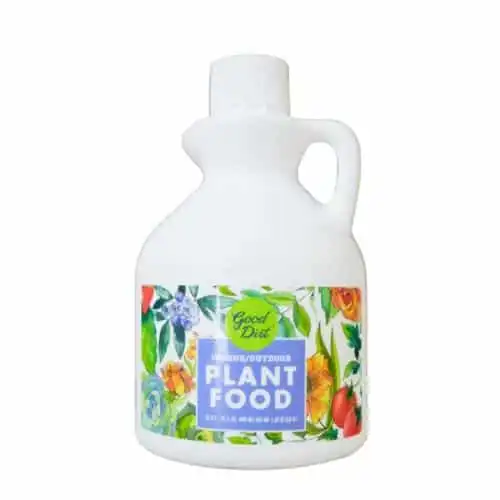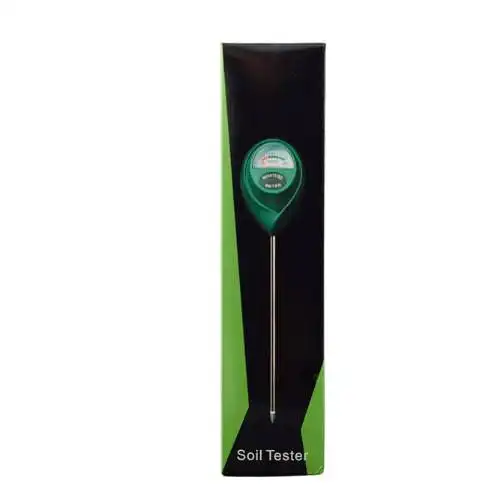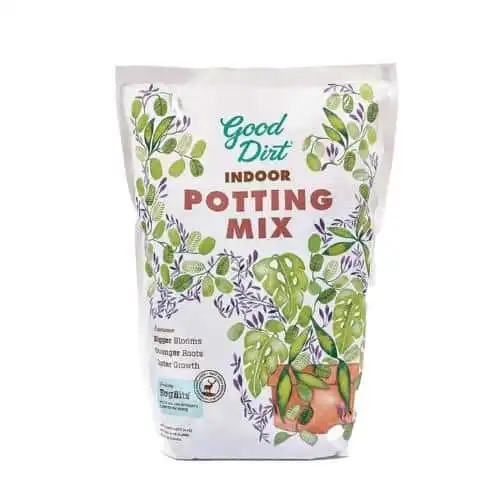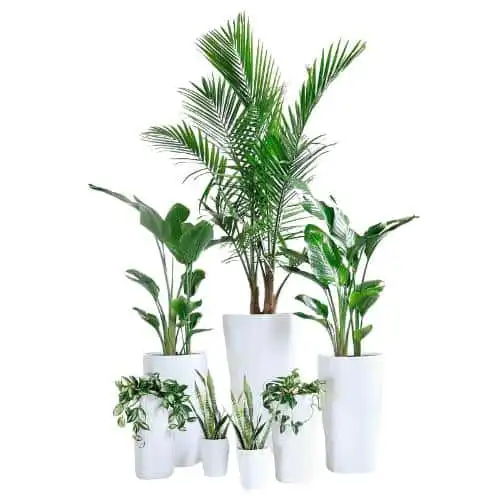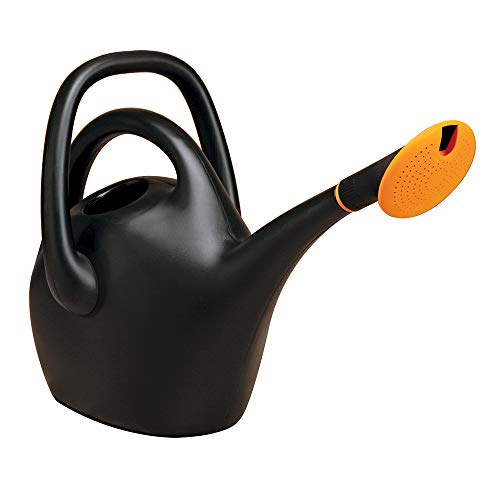If you’ve been battling with those harmless yet incredibly annoying little black flies known as gnats, you’re in the right place. Today, I’m going to share with you my tips and strategies on how to get rid of gnats in plants, ensuring your plants can thrive without these unwelcome guests.
First things first, gnats only survive and breed in constantly moist soil. If your plant is playing host to these pests, it’s a clear sign you’ve been over-watering.
While gnats are much less of a headache to treat compared to spider mites or mealybugs, they’re not to be ignored.
When the infestation escalates, the health of your plant’s root system is at risk, often accompanied by root rot.
Understanding gnats in houseplants
When dealing with gnats in houseplants, it’s essential to identify the type of gnat infesting the plant, understand their life cycle, and recognize why they’re attracted to your indoor greenery.
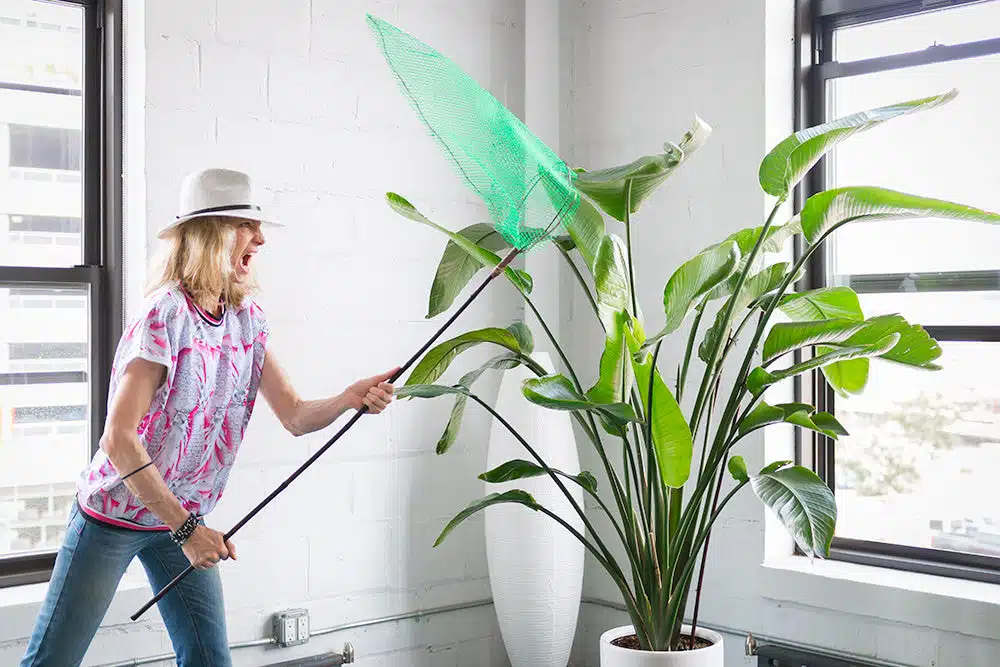
In this guide on how to get rid of gnats in houseplants, my comprehensive approach will address these factors for effective gnat management.
By tackling the root causes and following a strategic plan, you can ensure your houseplants remain healthy and gnat-free.
Types of gnats commonly found on houseplants
In my experience, the most common gnats in houseplants include:
Fungus gnats: These are small, dark-colored flies that usually measure about 2-5 mm in length. They thrive in moist soil conditions where they can feed on fungi and decaying organic matter.
Darkwinged fungus gnats: They are similar to fungus gnats but belong to a different family. They are typically about 3 mm in length. One distinguishing characteristic is their dark wings, which give them their name. The larvae feed on plant roots and organic matter in the soil, potentially causing damage to the roots and inhibiting plant growth.
Difference between fungus gnats, fruit flies, and mosquitos
Often, fungus gnats, fruit flies, and mosquitoes are mistaken for one another due to their similar appearances, yet they possess distinct characteristics. Learning how to get rid of gnats in plants starts with identifying the correct pest:
Fungus gnats: They are attracted to moist soil and are generally associated with houseplants. Fungus gnats have longer legs and a more elongated body.
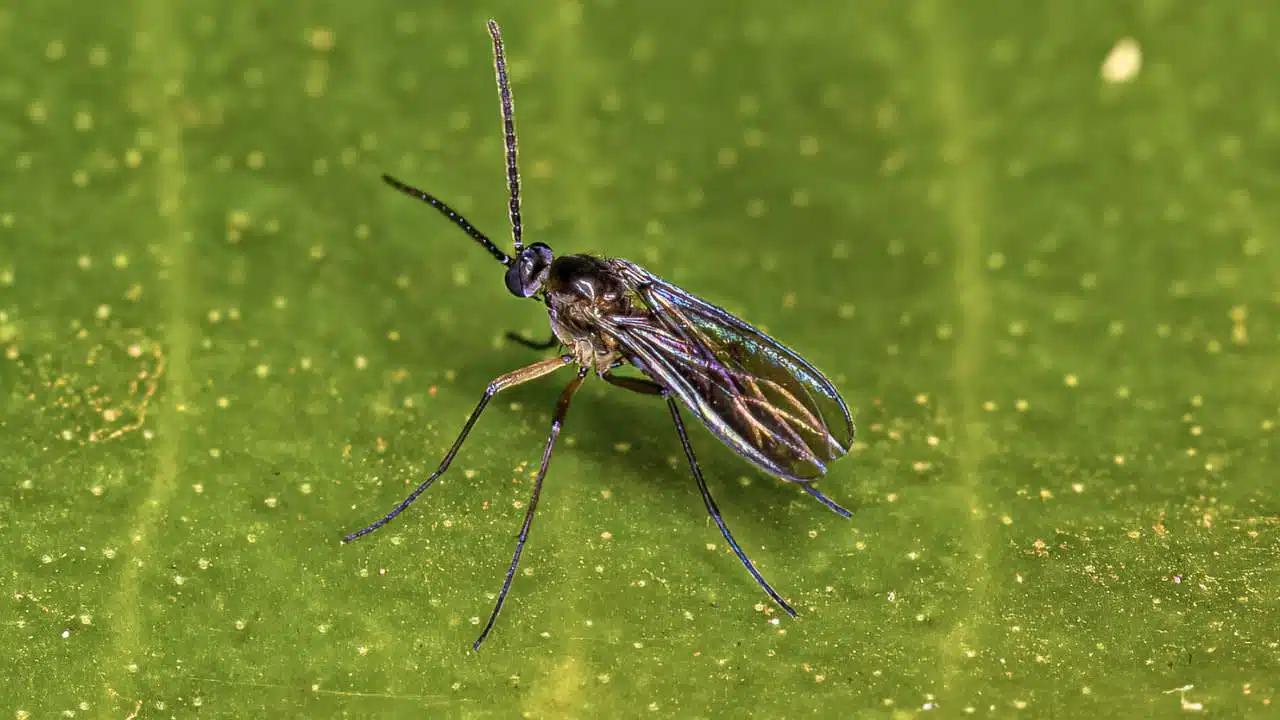
Fruit flies: These pests are typically attracted to overripe or fermenting fruit and other sugary substances, often found in kitchens rather than in soil. Fruit flies have more rounded bodies with shorter legs.
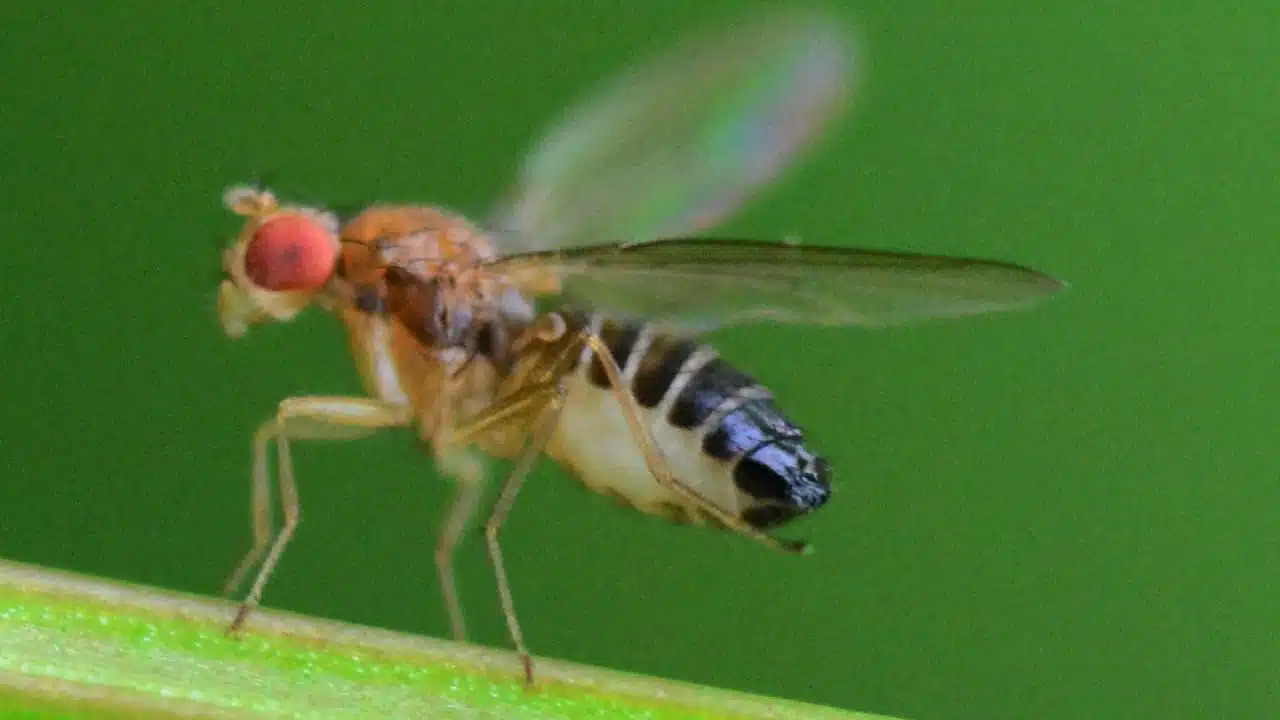
Mosquitoes: Mosquitoes are blood-feeding insects that breed in stagnant water outdoors, like ponds or buckets. These are generally larger than gnats and fruit flies, with elongated bodies and thin legs. They have a more robust build and are often darker in color.
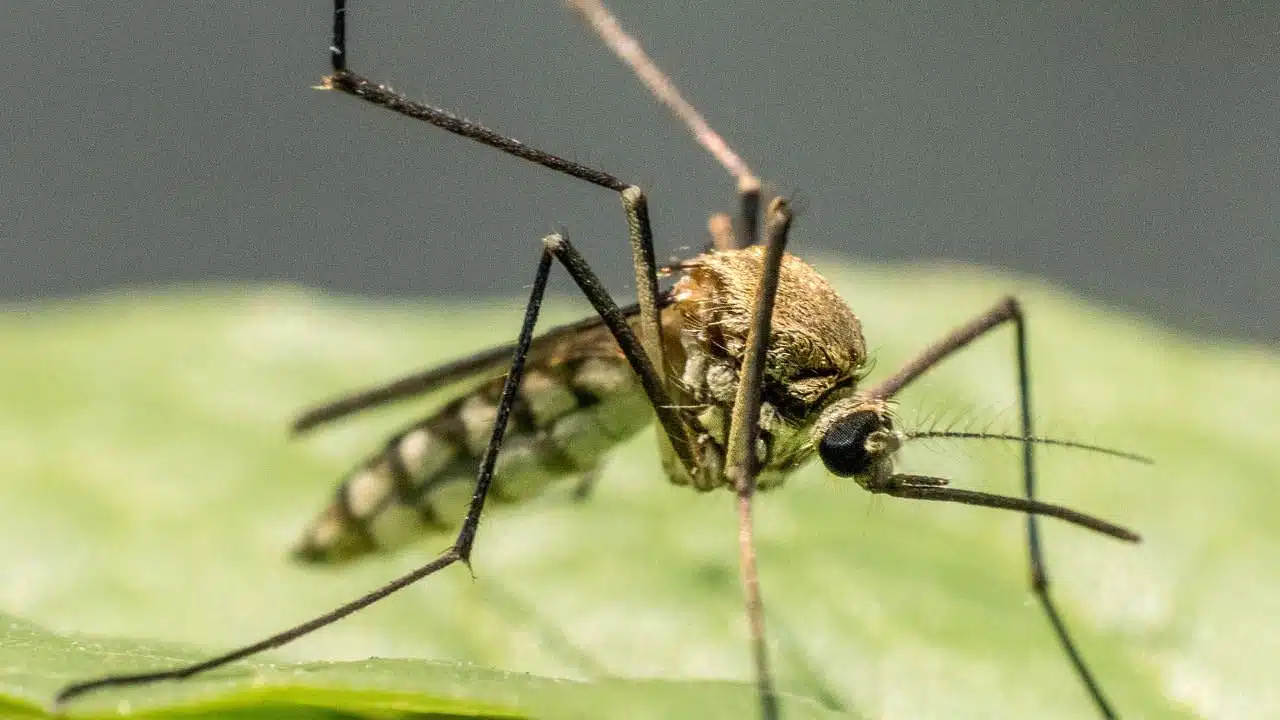
Overall, while gnats, fruit flies, and mosquitoes may share some similarities, their distinct appearances, habitats, and feeding habits help differentiate them from one another.
The life cycle of gnats
The life cycle of gnats encompasses four key stages that I’ve observed:
Egg: Female gnats lay their eggs in the top layer of moist soil.
Larva: Upon hatching, the larva feeds on fungi and organic material in the soil.
Pupa: The larva then develops into a pupa, which eventually emerges as an adult gnat.
Adult: Adults live about a week, during which they reproduce and lay more eggs.
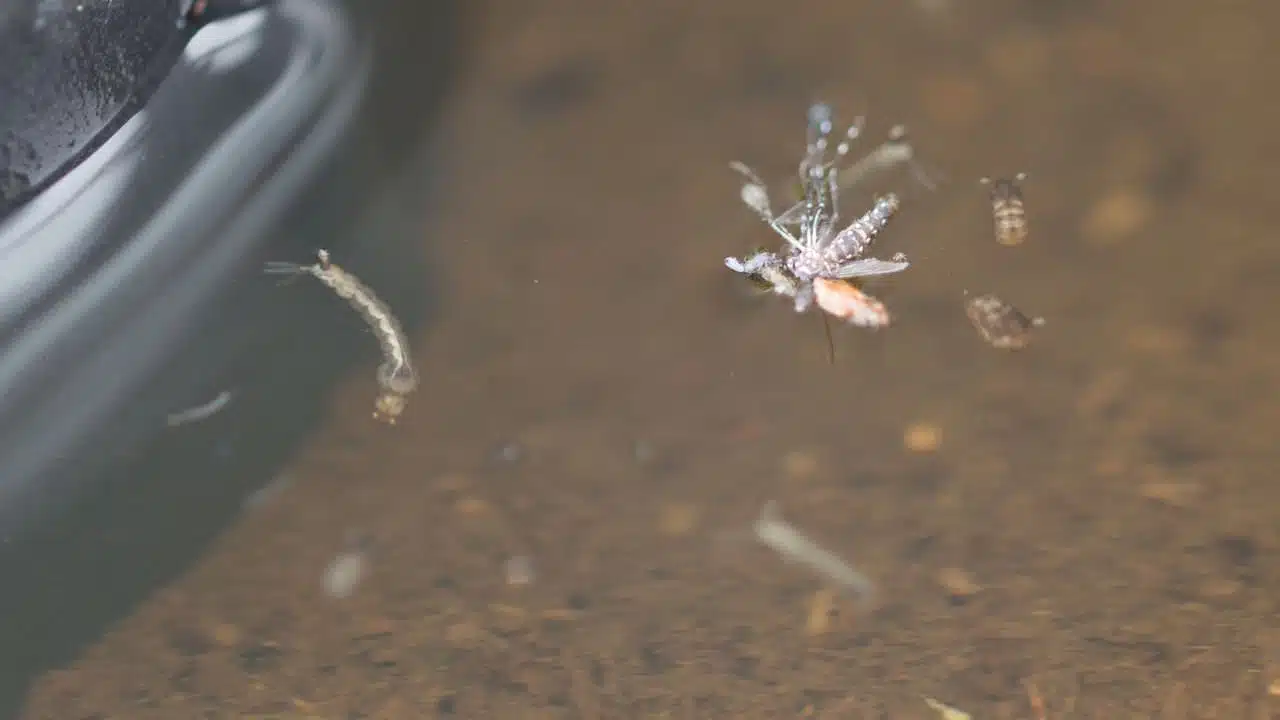
Understanding this cycle is crucial in timing interventions to break it.
Where do gnats come from?
Gnats can appear seemingly out of nowhere, but they usually enter our homes due to certain attractants or through inadvertent introductions.
Here’s what you need to know about where gnats come from:
Outdoor to indoor migration
Gnats often originate from the outdoors.
They are attracted to homes for the same reasons they are drawn to nature: moisture and organic material.
Open windows, doors, and even vents can be gateways for gnats to enter from their natural outdoor habitats, such as garden mulch, compost piles, and damp areas under leaves.
Infested plant material
One of the most common ways gnats invade indoor spaces is through infested plant material.
When bringing new plants into your home, they might already be harboring gnat larvae or eggs in their soil, which can hatch and multiply very fast under suitable indoor conditions.
It’s always a good idea to quarantine new plants for a few days and inspect them for any signs of pests. This practice is an important step in learning how to get rid of gnats in plants, as it prevents the spread of these pests to your other houseplants.
Overwatering and poor drainage
Creating an environment that gnats find irresistible is often the root cause of their presence.
Overwatering your plants can create pools of excess moisture in saucers and overly damp soil, which are ideal breeding grounds for fungus gnats.
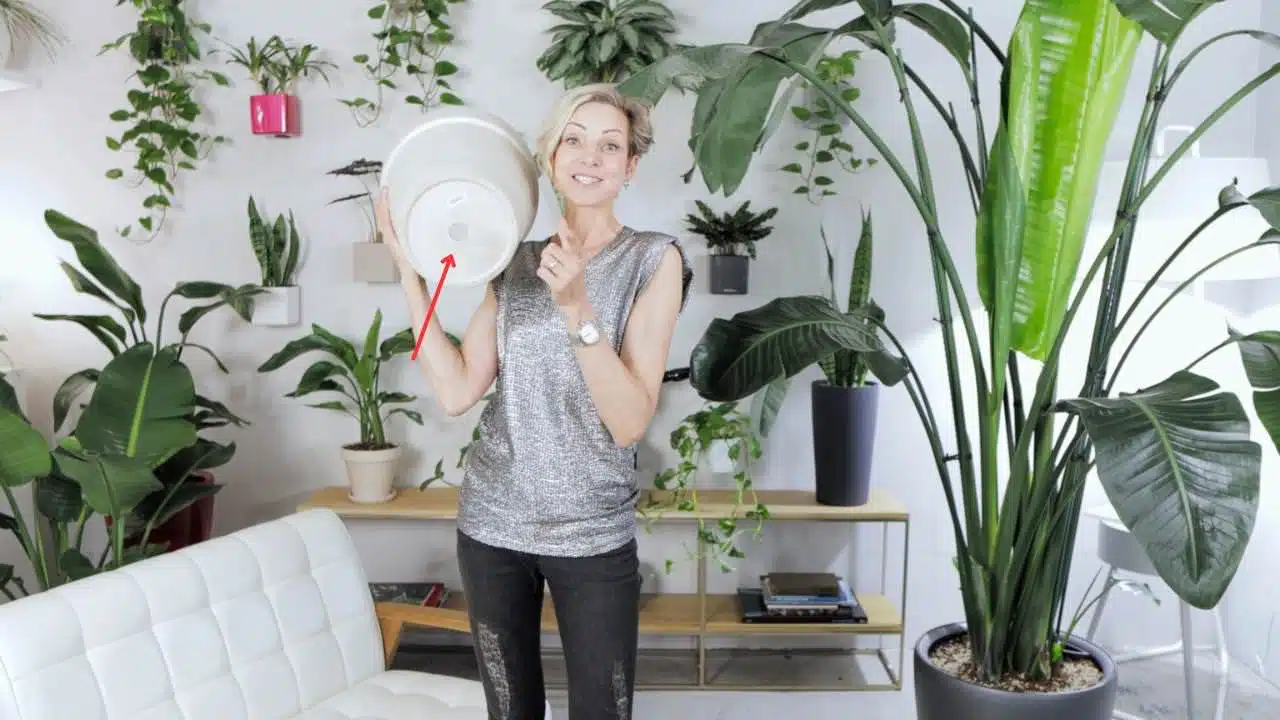
Make sure your plants have adequate drainage and promptly eliminate any excess water.
Decomposing organic matter
Gnats are attracted to decomposing plant material, including old leaves and dead flowers.
Regularly cleaning up plant debris from the topsoil and surrounding areas can significantly reduce gnat attractants.
Also, be mindful of the organic matter content in your potting mix; overly rich soil can be too irresistible for gnats.
Through purchased soil or compost

Sometimes, the potting mix itself can be a source of gnat problems. Bags of soil and compost that have been improperly stored, especially in a moist environment, can harbor gnat larvae.
Always purchase high-quality, well-packaged soil from reputable suppliers to minimize this risk.
By being aware of these common sources of gnats, you can take proactive steps to minimize the chances of these pests invading your indoor garden.
Identifying gnat infestation
Recognizing the initial signs of a gnat infestation is very important for taking timely action to protect your houseplants.
It ensures that the infestation can be managed before it escalates and causes significant damage to the plants.
Signs of the fungus gnat infestation
Gnats display unique flight behaviors, often described as a type of “dance” above the soil or surrounding plants.
Regularly spotting small, dark-colored flies in the vicinity, particularly when watering houseplants, indicates a gnat issue to me.
How to confirm gnat presence
To confirm that gnats are indeed infesting my plants, I perform the following steps:
Soil inspection: I carefully inspect the top layer of soil by gently disturbing it to observe if gnats will emerge.
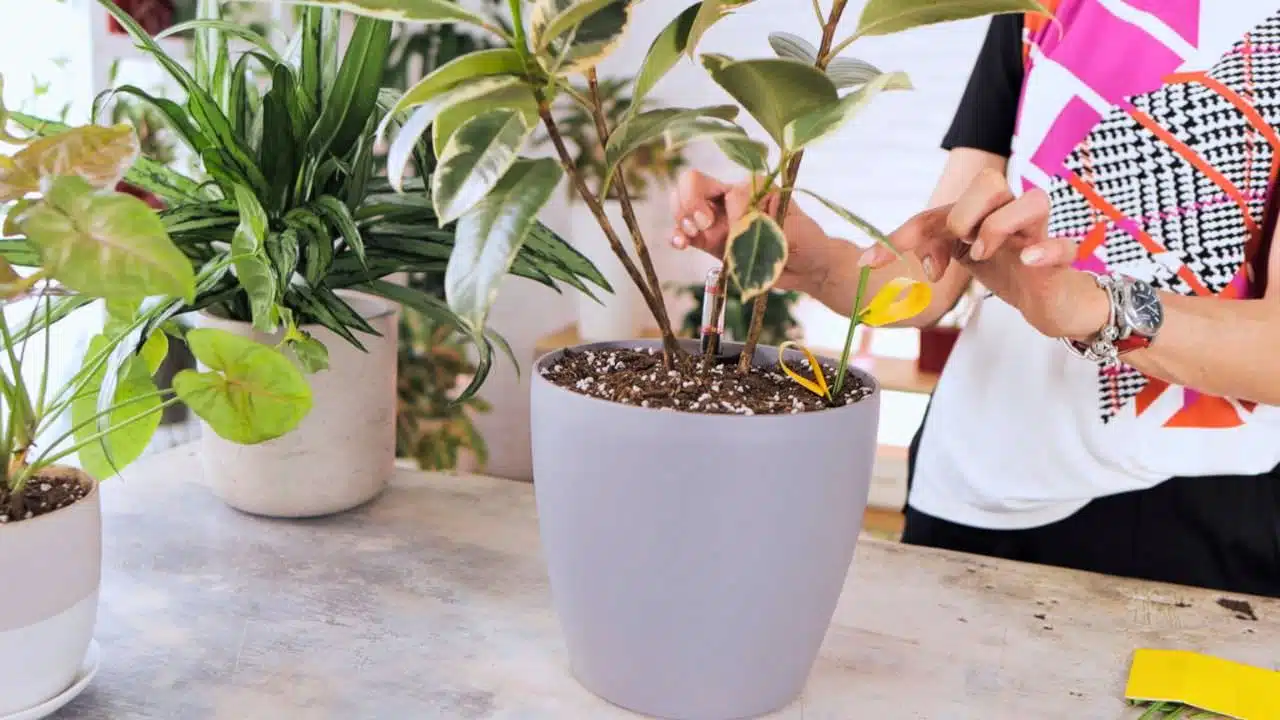
Yellow sticky traps: I place gnat sticky traps around my plants. If sticky traps become speckled with gnats, it strongly suggests that the plant where the gnats are caught in the trap is infested.
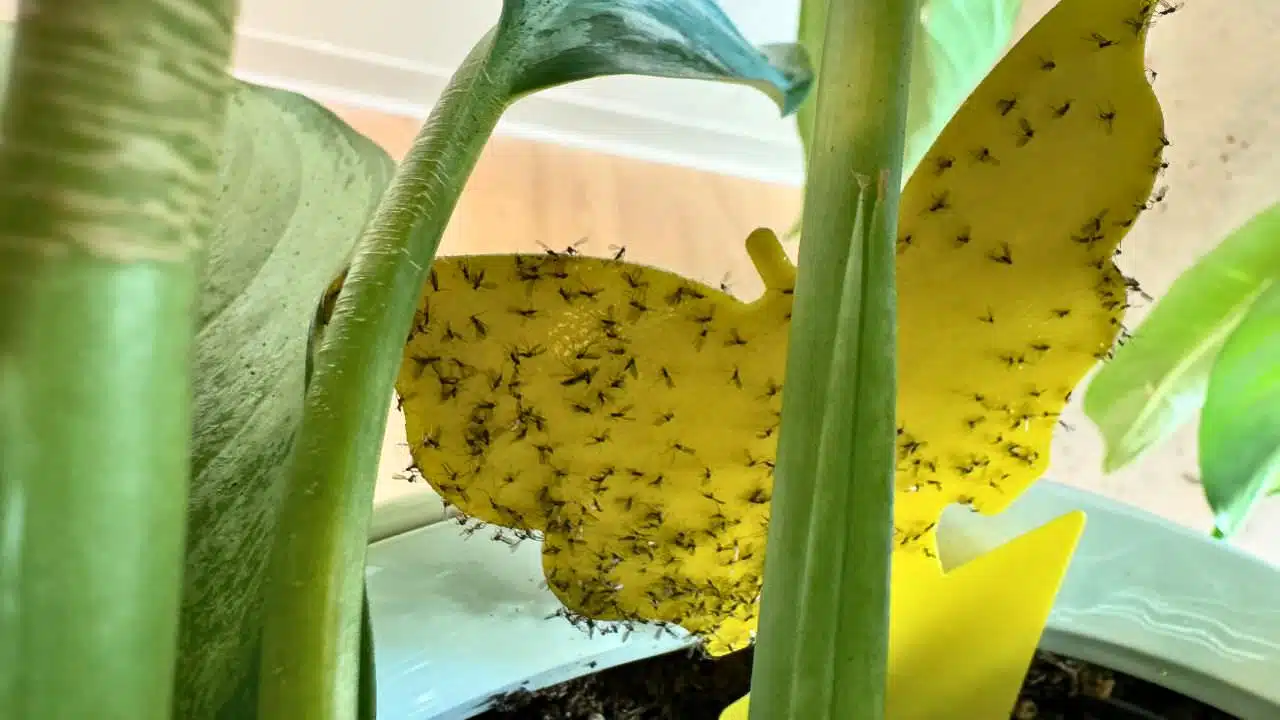
Gnat treatment strategies
Light gnat infestation treatment strategy
Here’s what you’ll need:
- gloves
- fresh soil
- gnat sticky traps
- soil moisture meter
- chopsticks
Topsoil replacement
For a light gnat infestation, the solution starts with replacing the top layer of soil.
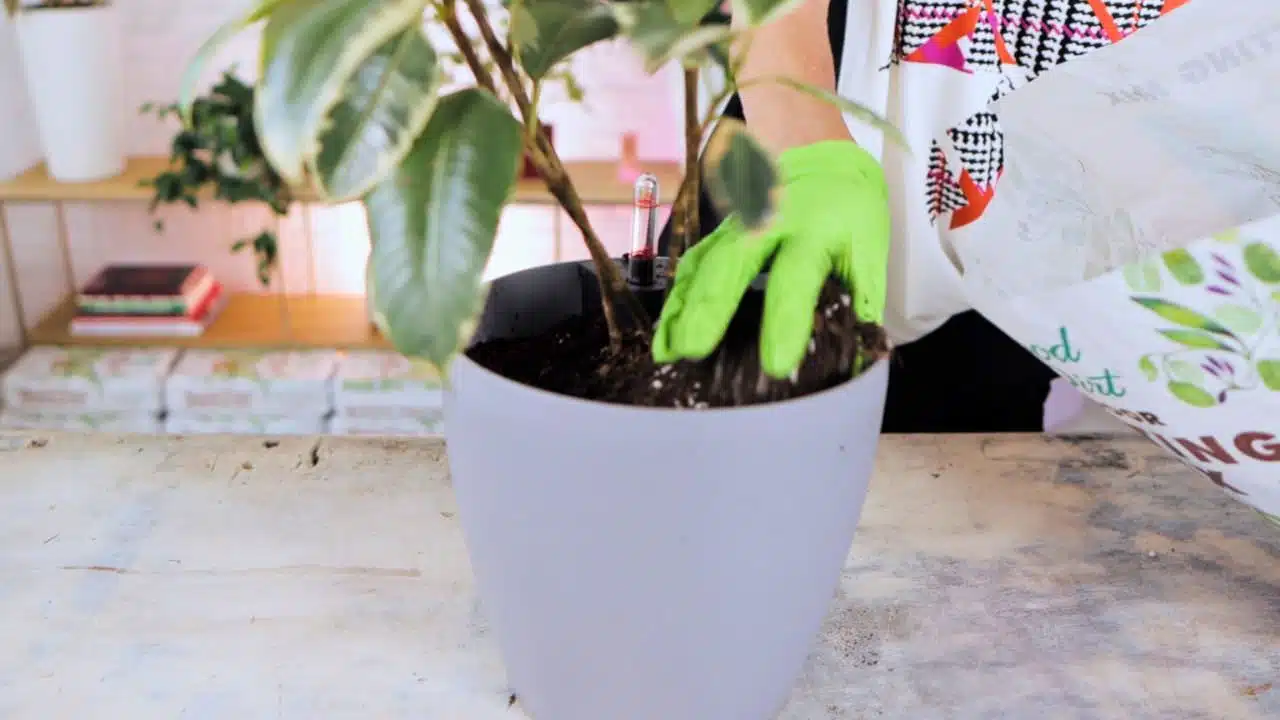
Carefully remove about three to four inches, ensuring any potential gnat eggs are scooped away.
Replace this with fresh, dry soil – moisture is the enemy here.
Gnat traps
Gnat sticky traps are invaluable in the battle against these pesky insects.
Easy to assemble, they catch adult gnats, significantly reducing the chance of further egg-laying.
Place these traps around the infested plant and all other plants as a preventive measure.
Watering
It’s important not to water your plant until the soil is dry enough to prevent gnats from breeding and returning.
I use and strongly recommend using the Soil Moisture Meter. This tool will help you to prevent overwatering.
You just need one Soil Moisture Meter for all your plants.
Accelerating soil drying
To help the soil dry out faster, and thus discourage gnats further, aerate it using a simple chopstick.
Insert it deep into the soil, making big circular motions around the plant.

This loosens the soil, improves air circulation, and helps the soil dry out more quickly. Repeat this aeration process weekly until the soil feels dry.
Moderate to heavy gnat infestation treatment strategy
Here’s what you’ll need to get rid of gnats in plants:
Reppoting
For moderate or heavy gnat infestation, repotting the plant in a fresh potting mix is the best.
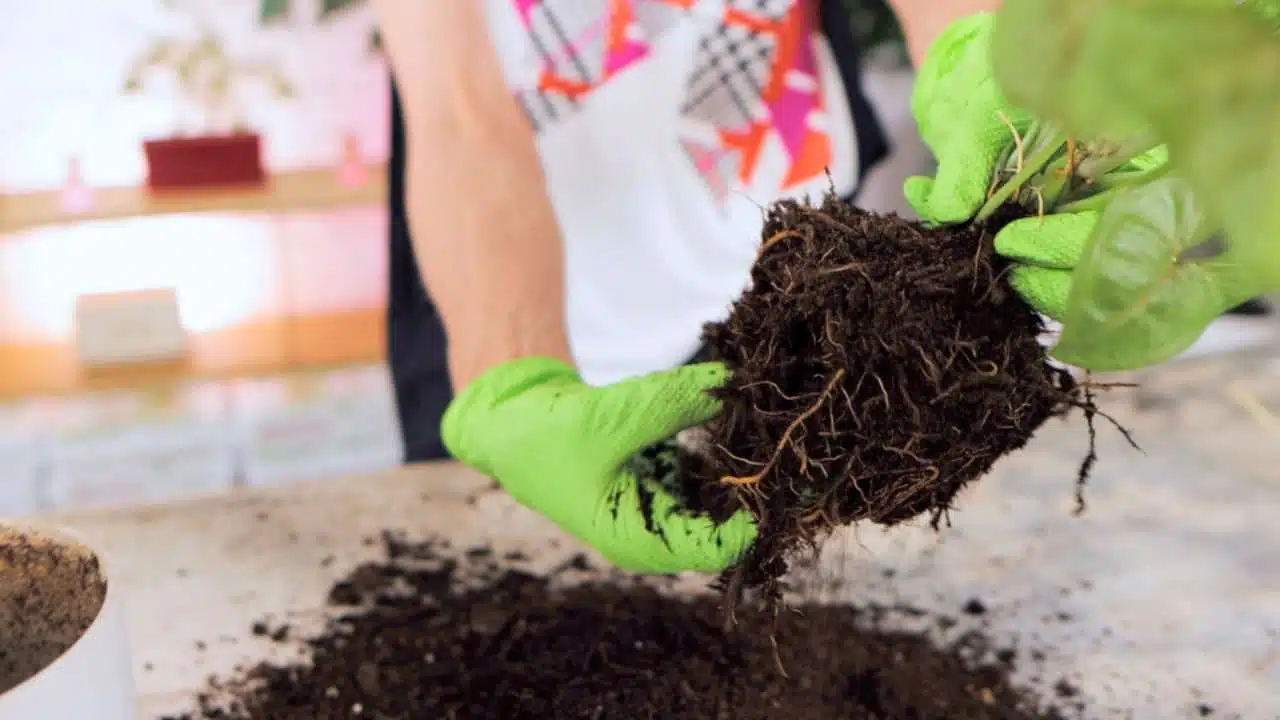
Carefully remove your plant, shake off the old soil, and inspect the roots.
Trim any brown, smooth roots, but if the majority are rotted, it may be too late.
Once cleaned, repot in fresh soil, ensuring it’s dry or only slightly moist.
If repotting your plant feels like a daunting task, you can skip directly to the next step: applying the neem cake solution.
Applying Neem cake solution to get rid of gnats in plants
This is a very powerful way to get rid of gnats in plants.
Preparing the neem cake solution: Combine two to three heaping tablespoons of neem cake with one gallon of water, allowing it to steep for several hours or overnight.
Watering plants with neem cake solution: Utilize the neem solution during your standard watering schedule, ensuring thorough soil contact, particularly around the surface. You can opt for quick flooding to cover all areas or a slower application for comprehensive saturation.
Tips for effective application:
Ensuring soil contact: When using neem solution, ensure the water reaches the root zone to expose gnats and larvae to neem properties.
Watering routine: Use neem cake solution for your regular watering routine for consistent application. Patience is key, as multiple waterings may be needed for effective gnat eradication.
Setting up gnat traps
Gnat traps can effectively capture and control gnat populations.
There are two options I use: Sticky traps and UV light traps.
Sticky traps
These traps are simple to set up, they capture adult gnats, greatly diminishing the likelihood of additional egg-laying.
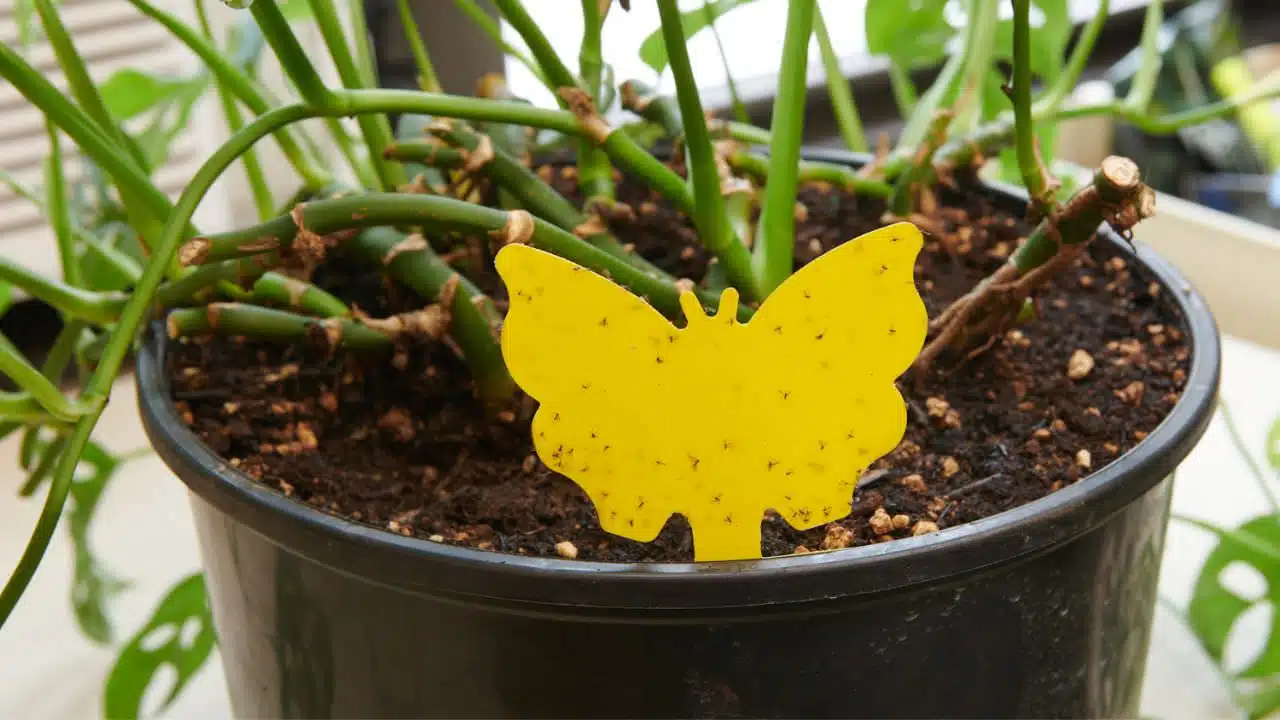
UV light traps
For a more high-tech solution, I often recommend the Katchy trap. Its UV light attracts gnats, and its fan pulls them onto a sticky board.
Monitoring soil moisture levels
Regularly check your soil’s moisture level using either your finger or a soil moisture meter.
Water only when the soil is dry, which helps prevent gnats from making a comeback.
Check out my tutorial on using the Soil Moisture Meter to determine the right watering schedule for your plants and learn how to gauge if you’ve provided enough water to ensure your plants are properly hydrated.
For pots with drainage holes, I advocate for the bottom watering method, which ensures the plant receives moisture directly to its roots without excessively saturating the topsoil.
Air circulation
Air circulation plays a crucial role in combating or preventing gnat issues.
Improved airflow can help to dry out the soil more quickly, reducing the moisture levels that gnats are attracted to.
Better air circulation can promote the growth of beneficial microorganisms in the soil, which can outcompete gnat larvae for resources, thereby helping to control their population.
Overall, good air circulation is an essential component of an integrated approach to managing gnat problems in indoor environments.
Beyond pests: the emotional toll of battling gnats in your home

One of the most heart-wrenching aspects of my interaction with all of my viewers and customers has been hearing about the personal struggles and the emotional toll that battling gnats has taken.
I’ve heard from many who have felt overwhelmed and even brought to tears by ongoing gnat problems, about frustrations and setbacks, and it’s clear that this isn’t just about plant care—it’s about the peace of your home environment.
Remember, it’s okay to feel frustrated. What’s important is not to lose hope.
Implementing systematic changes like improving air circulation around your plants, using water wisely, and ensuring your pots have good drainage can make a big difference.
Safe pest control methods
Safety is paramount, especially for those of you with pets or small children at home.
When setting up gnat traps, make sure they are placed where they won’t be a hazard to curious pets.
Opt for natural and safe solutions like neem cake solution, which can deter gnats without harming your plants or your home environment.
Shared experiences and community advice
Many of you have also shared your own successful strategies, which have worked wonders.
These community tips are invaluable, and I encourage everyone to keep sharing in the comments below.
Remember, we’re in this together, and sharing our experiences can lead to new solutions that we might not have considered alone.
Consistency is key
Winning against gnats requires consistency and vigilance. Keep monitoring, adjusting your watering habits, and employing preventive measures like gnat traps.
The health of your plants is in your hands. With a little effort and the right approach, you can eliminate gnats and prevent them from returning.
Common Questions and Answers
What is the fastest way to eliminate gnats from indoor plant soil?
The quickest way to eliminate gnats is to dry out the top layer of soil, as gnats thrive in moisture. Use Neem Cake solution to water your plants to target eggs and larvae without harming them.
What natural remedies can I use to remove gnats in my houseplants?
Natural remedies include using gnat traps to catch adult gnats and using Neem Cake solution to water plants which are non-toxic and very effective. Allowing the soil to dry between waterings can prevent gnat issues from recurring.
Can vinegar or other home remedies effectively control gnats in houseplants?
Home remedies like vinegar, apple cider vinegar, cinnamon, or hydrogen peroxide are often used to deal with gnats. In my experience, this is not very effective.
What can I do about my Lucky Bamboo that grows in water to prevent gnats?
Change the plant’s water at least once a week to avoid stagnant water. Wash roots well before placing them back in fresh water. Keep the air moving with fans.
Won’t aerating the soil cause the gnats to go deeper into the soil?
In my experience, soil aeration helps with the gnat issue by allowing oxygen to get through and drying soil faster, eliminating the environment for gnats to breed in.
Are gnats harmful to humans or pets?
Gnats are generally not harmful to humans or pets in terms of causing direct physical harm. However, their presence can be irritating and annoying, particularly when they fly around faces or food. It’s essential to address any underlying issues, such as excessive moisture or decaying organic matter, as they can attract other pests or contribute to mold growth, which could potentially pose health risks.
To learn more about other plant pests and treatments check these blog posts:
How to get rid of Spider mites
How to get rid of Scale on houseplants


